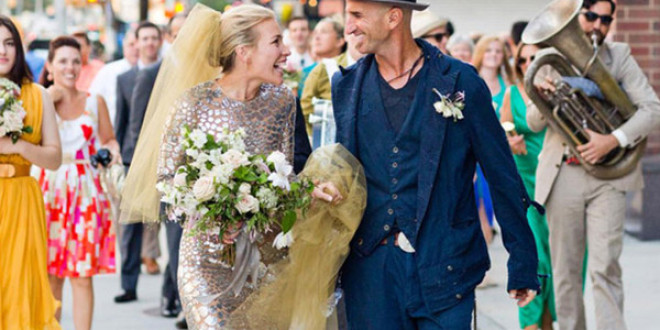[ad_1]
When we think of a wedding dress in the Americas and Europe most of us instantly tend to think of the white wedding dress. Truly it can be stunning seeing a beautiful woman appear in an elegant white wedding gown. But there are so many other choices available which raises the question, why is white the predominate color?
Likewise, we are forced to ask, should it be?
Really there are three foundational ideas upon which the institution of the white wedding gown rests within western culture; tradition, symbolism, and beauty. A wise bride will take a few minutes to analyze each of these foundational concepts in an effort to determine what is best for her.
The first concept is – Tradition. It surprises most to learn that the custom that demands a white wedding gown is really not that old. In fact, most agree, that the tradition only goes back as far as Queen Victoria in 1840 who wore white as a show of her wealth since pure white fabric was expensive to make and noticeably impractical to keep clean. Naturally, over the years as more of the populace could afford the opulence of such an extravagant dress the practice was solidified.
Second we can not forget the importance of – Symbolism. Over the course of the twentieth century the white wedding dress has come to denote purity rather than wealth as it did under Queen Victoria. Usually the imagery refers to the bride herself, but sometimes the meaning is broadened to include the purity of the marriage or the marriage vows.
Finally, don’t forget the issue of – Beauty. Beyond doubt, a white wedding gown that seems to shimmer in the light can be stunning. Likewise, there is something stylish and proper about white – probably because it goes back to how tricky it is to keep clean – either a pure white dress or simply a white shirt. At least it speaks subconsciously to us of class, for a gentleman or lady of upbringing would have the comportment and preparation necessary to keep white formal wear looking nice throughout the celebration where those not trained in the better things of life would not.
But what if a specific bride does not look good in white? What if they simply do not like the look of a white wedding dress? Of necessity, such are personal questions, answerable only by the individual.
Still, the questions are valid. Is there an unwritten requirement to spend the biggest day of one’s life donning something that does not compliment their appearance? We have all seen brides in white who looked washed out, pale, and even harsh because of the white dress as compared to her already pale complexion.
The solution to the dilemma depends on what matters most to the bride making the choice. For many the symbolism of purity is worth the choice. Among this group are often those whose tradition or faith places a high value on sexual purity and are looking for a way to highlight her accord with the belief system.
For others, tradition is most important. For brides who fall into either of these first two categories it is usually adequately satisfying to accent with their favorite colors in the wedding shoes, accessories, and flowers.
But if a bride is most concerned about finding the dress that makes her look her best, then she might want to reflect on some of the many color options in wedding dresses today and how each color compliments her own skin tone. Indeed a wedding gown with the right amount of color for the bride that will wear it can enhance the beauty of both the dress and the bride wearing the dress – and is that not what we are trying to achieve? Is not the point of the extravagant wedding gown, whether it is a white wedding dress or another color option, to highlight the beauty of both the bride and the marriage?
[ad_2]
Source by Jeanette Shinn

